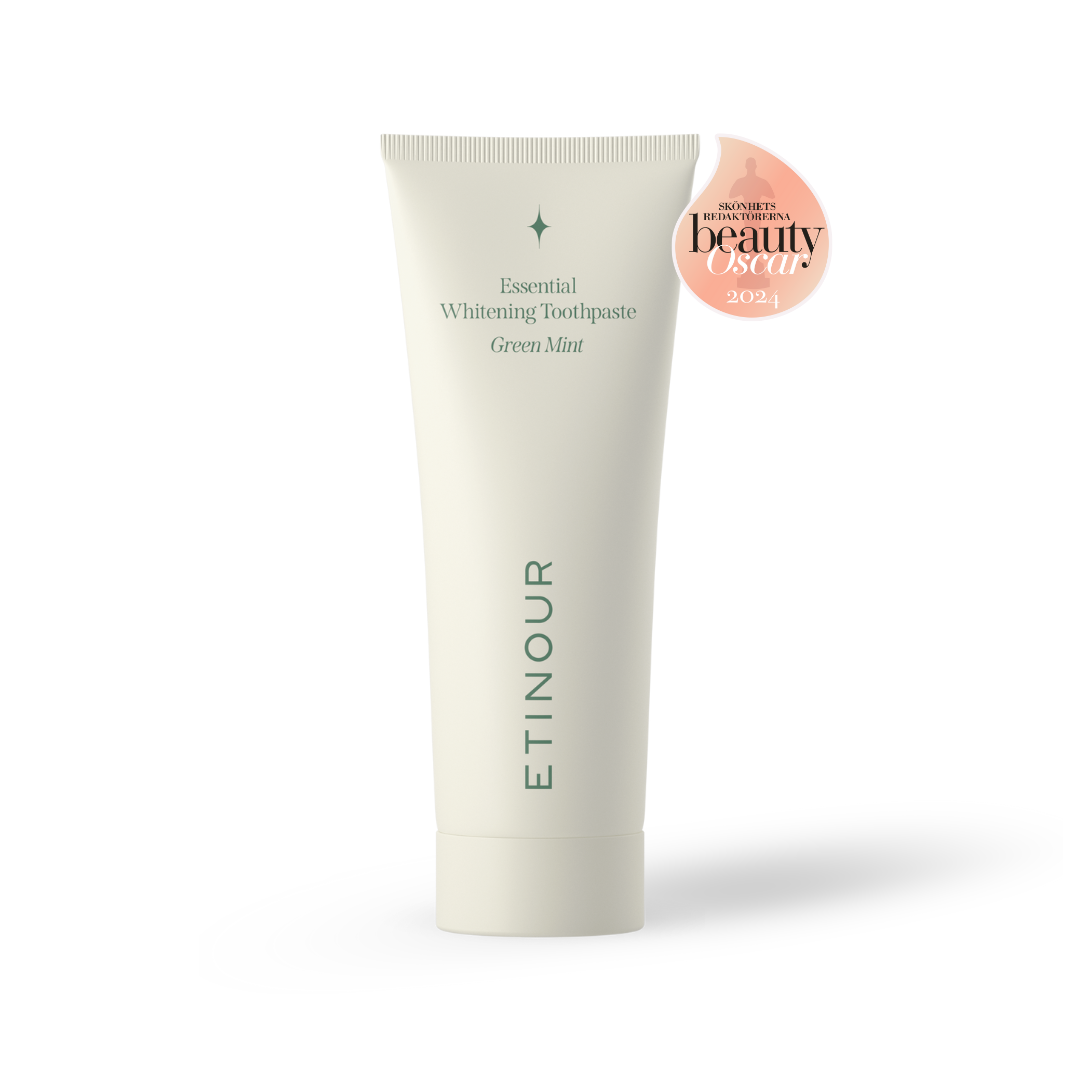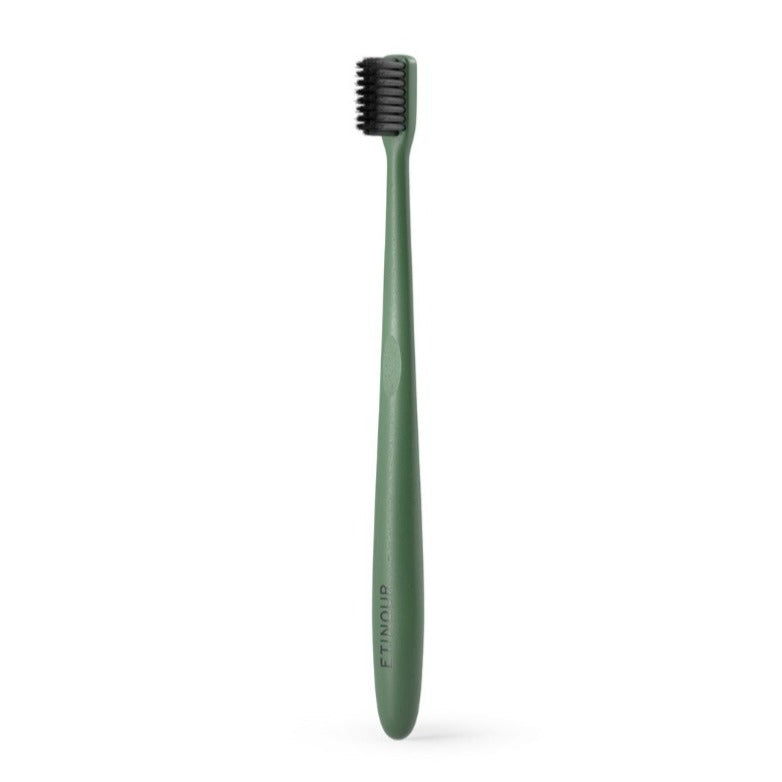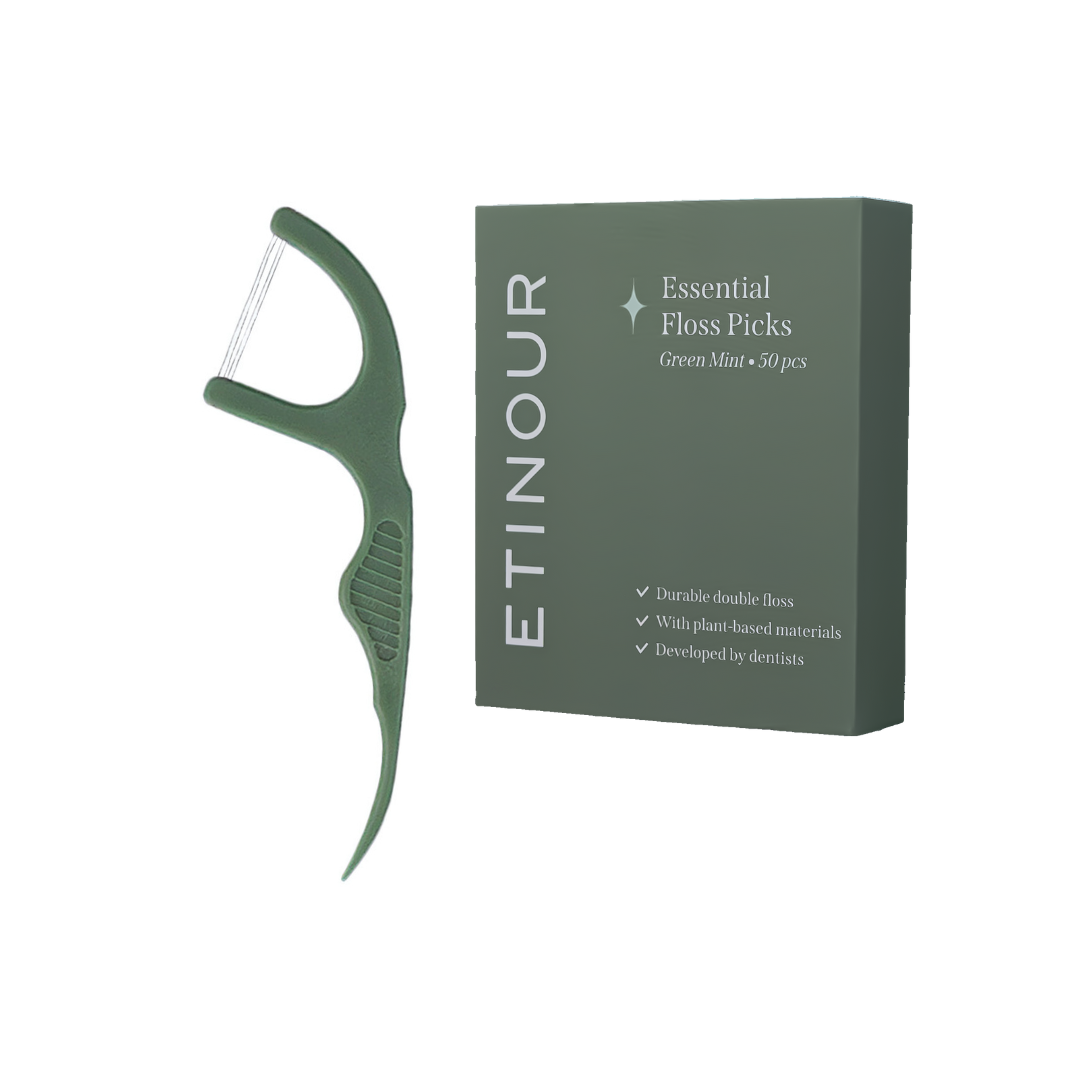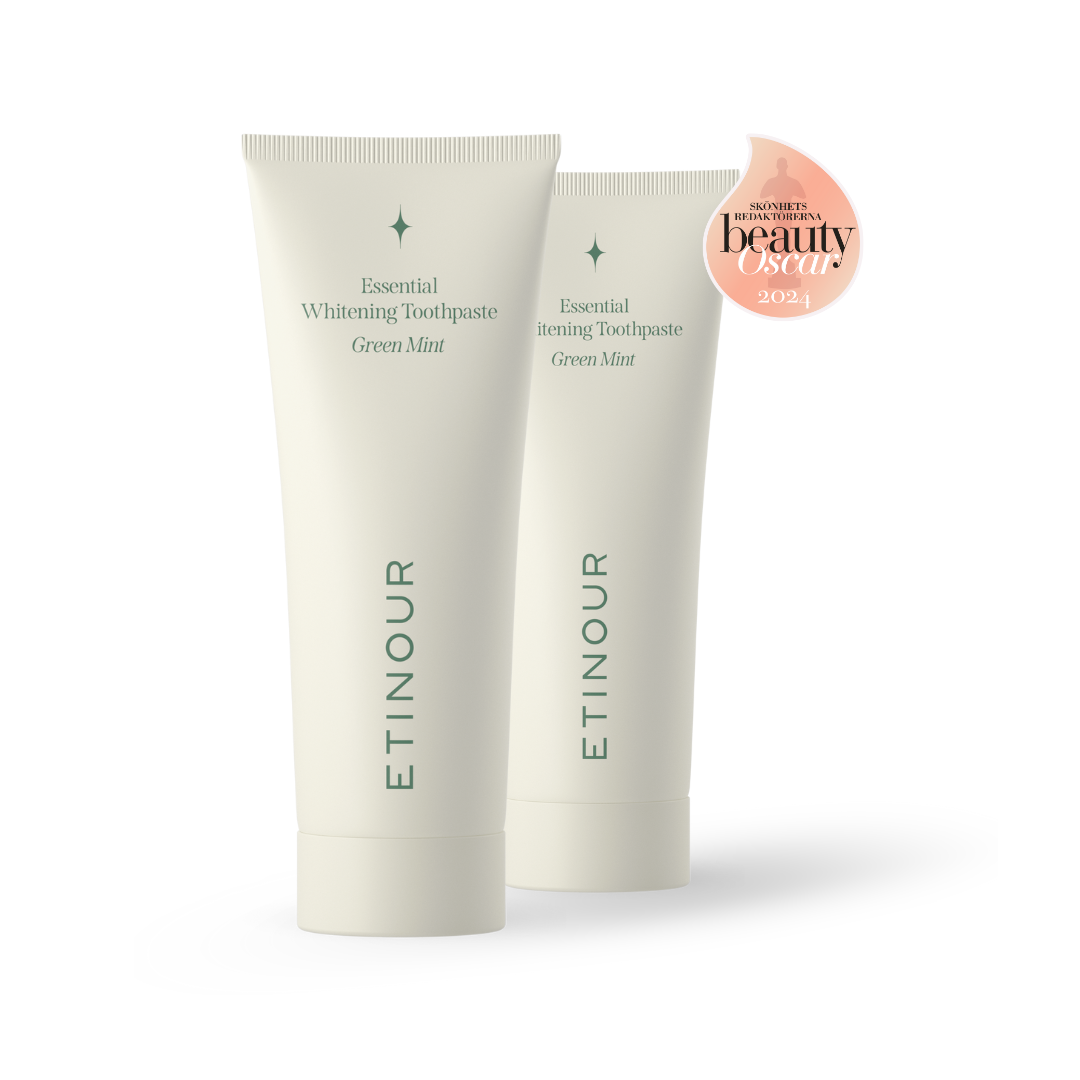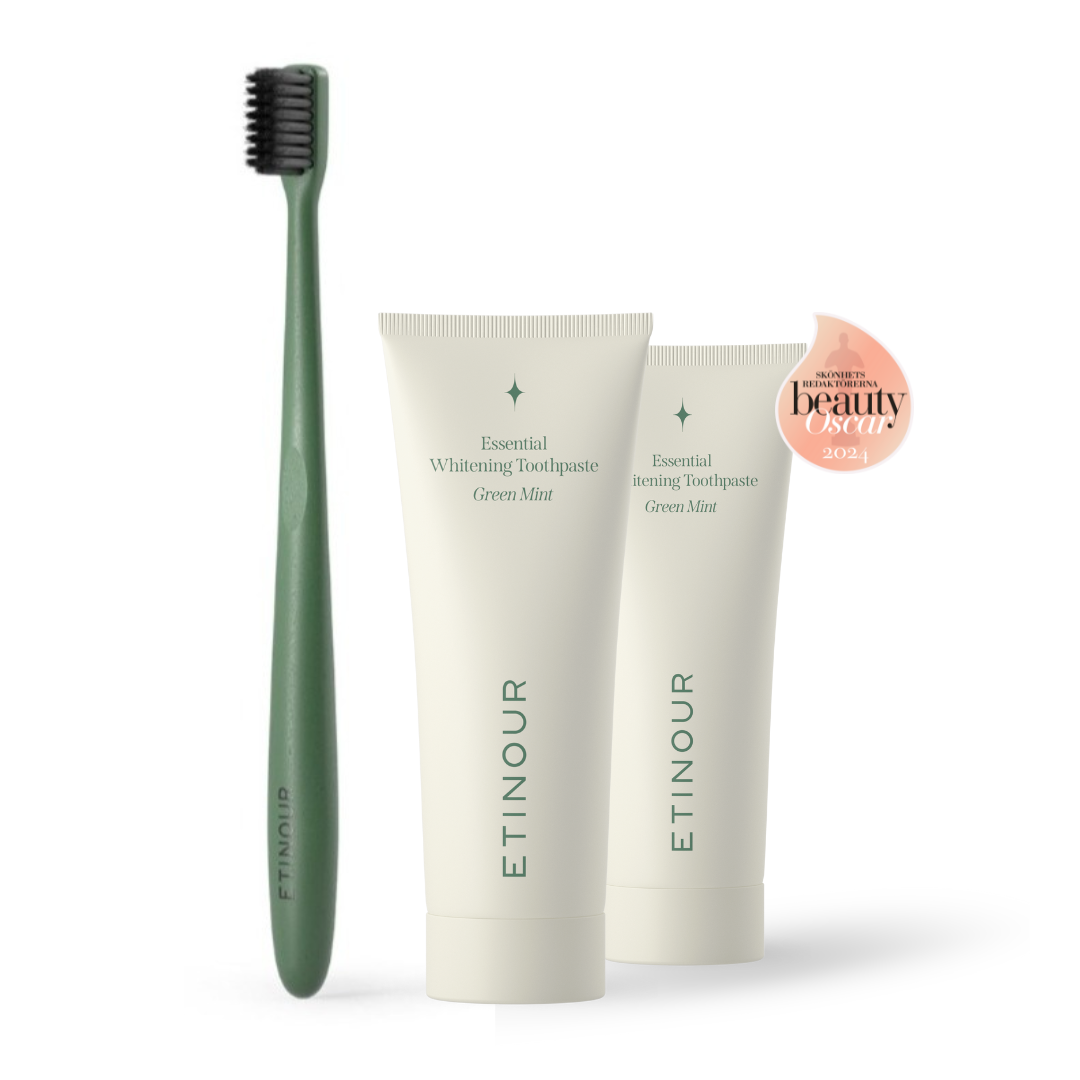What You Need To Know About PFAS
When we think about oral care, we usually focus on maintaining a bright smile, fresh breath, and strong teeth. But there’s an important topic that’s often overlooked: the potential presence of harmful substances like PFAS in the products we use daily. PFAS, or per- and polyfluoroalkyl substances, might not be a familiar term to most, but they’re something you should be aware of.
What Exactly Are PFAS?
PFAS are a group of man-made chemical compounds where carbon atoms are bonded to fluorine. This bond is one of the strongest in nature, making PFAS incredibly durable. Originally developed in the mid-20th century, these chemicals were celebrated for their ability to repel water, oil, and grease, leading to their widespread use in various industries.
Why Are PFAS a Concern?
While the durability of PFAS might sound like a positive feature, it’s actually the root of the problem. PFAS don’t break down easily in the environment, earning them the nickname “forever chemicals.” This persistence means that PFAS accumulate over time in water, soil, animals, and even our bodies. Research has linked certain PFAS to serious health issues, including:
- Damage to vital organs like the liver and kidneys
- Negative effects on the immune system
- Reduced fertility and other reproductive damage
In fact, out of the thousands of PFAS compounds, about 200 are already banned in the European Union due to their harmful effects. Yet, many others continue to be used in everyday products.
How Are PFAS Used?
PFAS are prized for their water and grease resistance, so they’re found in a wide range of consumer goods such as:
- Non-stick cookware (like frying pans)
- Waterproof clothing (such as raincoats)
- Food packaging (e.g. food containers)
- Cosmetics (eyeliner and similar products)
But what about oral care products? Is there a risk that these “forever chemicals” could be lurking in your toothpaste or dental floss?
Is Sodium Fluoride a PFAS?
It’s easy to get confused when it comes to chemicals, especially with names that sound similar. Sodium Fluoride, a common ingredient in toothpaste, might raise some concerns due to its fluorine content. However, Sodium Fluoride is not a PFAS. It doesn’t contain the carbon-fluorine bond that characterizes PFAS compounds.
Sodium Fluoride is actually a naturally occurring salt found in our environment and drinking water. It plays a key role in preventing tooth decay and is safe for daily use. Unlike PFAS, Sodium Fluoride is water-soluble and easily handled by treatment plants, making it an effective and non-harmful ingredient in oral care.
Are There Other PFAS Used in Toothpaste?
Generally speaking, PFAS aren’t commonly found in toothpaste. The unique properties of PFAS don’t offer any significant benefits for toothpaste formulations, so most manufacturers avoid them. That said, it’s important to be aware that not all products on the market are created equal. While our Essential Whitening Toothpaste is free from these harmful substances, it’s always wise to check labels and trust brands that prioritize safety and transparency.
What About Other Oral Care Products?
While toothpaste is generally PFAS-free, there is one oral care product where PFAS have been detected: dental floss. Some manufacturers use PFAS to give floss a smoother glide, making it easier to use between tight teeth.
Additionally, PFAS can also be present in the plastic containers that store oral care products. To minimize exposure, consider how you store your dental care products and opt for safer alternatives whenever possible.
What Should You Look Out for in Products?
When it comes to avoiding PFAS, knowledge is your best defense. Here are some key things to look for on product labels:
Ingredients containing “perfluoro” or “polyfluoro”: These prefixes are a clear indicator that a product may contain PFAS. Common examples include:
- Ammonium C6-16 Perfluoroalkylethyl Phosphate
- Polyperfluoroethoxymethoxy Difluoroethyl Peg Phosphate
- Polyperfluoromethylisopropyl Ether
- Perfluorooctyl Triethoxysilane
Better Safe Than Sorry
While PFAS might not be common in most oral care products, it’s always better to err on the side of caution. Choosing trusted brands that prioritize safe, science-backed ingredients is the best way to protect your health. When it comes to dental floss, be especially vigilant.
As you continue to refine your oral care routine, keep an eye on the ingredients in the products you use. Your health and well-being are worth the extra effort.
Remember, the more you know, the better choices you can make for your health.
Sources
https://www.naturskyddsforeningen.se/faktablad/produkterna-i-badrumsskapet/
https://fof.se/artikel/2024/5/finns-det-pfas-i-tandkram/
https://www.hsph.harvard.edu/news/hsph-in-the-news/dental-floss-harmful-chemicals/
https://taenk.dk/kemi/visit-our-english-version/avoid-these-substances-toothpaste



